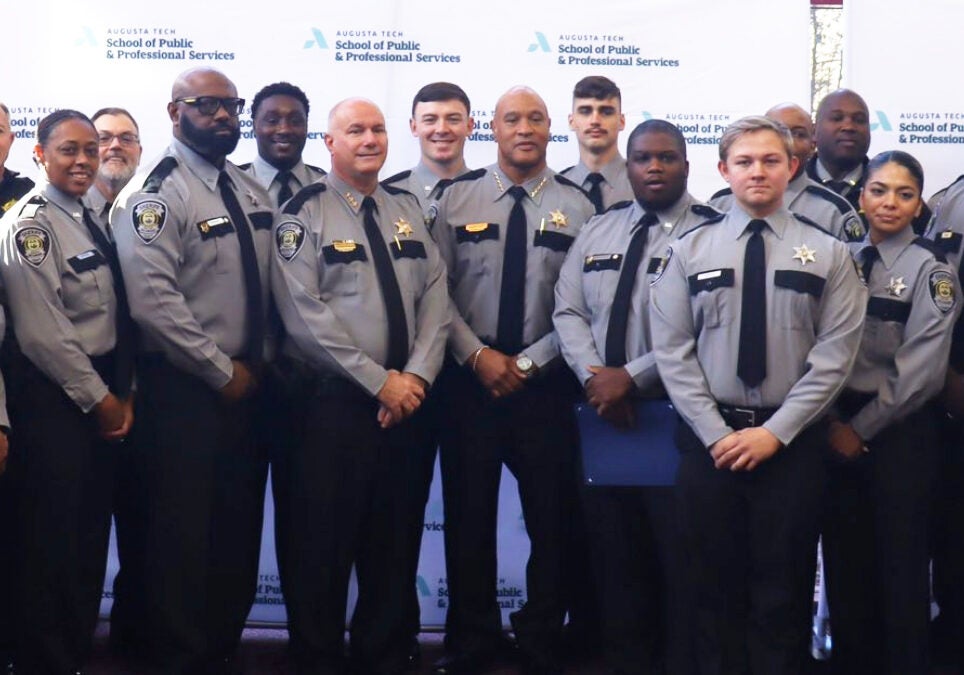The Augusta Aviation Commission, during its monthly meeting Thursday morning at the Augusta Regional Airport (AGS), listened to a review of a planned new design for two taxiways at the airport — A4 and G2.
Elizabeth Giles, senior construction manager with AGS, explained that the Federal Aviation Administration (FAA) is insisting that AGS prioritize the refurbishing of the taxiways above its other construction projects.
Long-term goals for the taxiway, said Giles, would entail a taxiway parallel to its current one. The FAA, however, would prefer a more complex design with more turns, as a means of decreasing the odds of accidents near or along the runway.
“The more turns that you have before you hit an active runway, the more aware you have to be of your surroundings,” Giles said. “So to us, logically, it looks like, ‘why are we doing this?’ It looks like it complicates things out there more, but that’s the that’s the intent. You want more turns, you want more offset connectors.”
MORE: Greenbrier Preschool workers receive quality rated workforce bonus
The full project would cost approximately $6.8 million, drawn from federal Airport Improvement Program (AIP) grant funds.
Last year, AGS announced that it would receive $4 million in federal Airport Terminal Program (ATP) funds towards the expansion of its passenger security screening checkpoints. During Thursday’s meeting, AGS executive director Herbert Judon noted that the project is currently on hold as the airport waits for the FAA to review language in the grant agreement.
“But without the grant agreement being signed, typically, you can’t start the project, and you can’t give the contractor a notice to proceed,” said Judon to the Aviation Authority commissioners.
The project would take a year to complete, Judon explained, and the airport aimed to have the new checkpoints in place by Masters Week of 2026.
“So we’re getting precarious right now in terms of that time schedule,” Judon said. A proposed plan B, he then noted, may entail drawing from another available source of funds, those from the Airport Infrastructure Grant (AIG).
This, however, may present two risks, Judon stated: that of depleting the limited AIG funds before the project is complete, and that of possibly losing a portion of ATP funds once the agreement is signed.
MORE: Dr. Keen officially steps into role as Augusta University’s second president
“What we’re anticipating, assuming or hoping, is that, if we get started, that the project is complete to the extent that we can use the lane operation,” said Judon, who had earlier noted that his addressing the situation was to raise a “red flag” to the commission.
Skyler Andrews is a reporter covering business for The Augusta Press. Reach him at skyler@theaugustapress.com.










